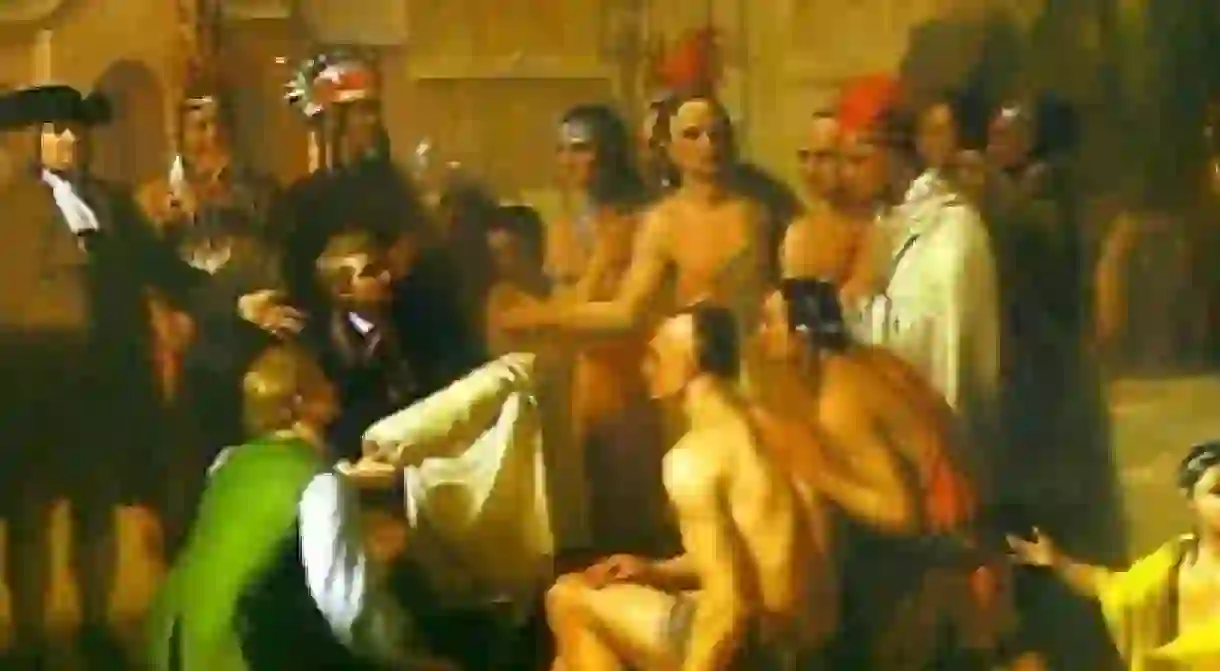The Exile Of The Delaware Indians

The Delaware Indians, otherwise known as the Lenape, were one of the first Native American tribes to come into contact with the early European explorers in the 17th Century.

The Atlantic coastal tribe of the Delaware Indians were so called because they occupied the Delaware River Valley, which was renamed under colonial rule after Thomas West, 3rd Baron de la Ware. Spiritual, gentle and non-aggressive to the first European visitors, they had no written language, but defined themselves in their native tongue as the Lenape, which is roughly translated as ‘The People’. Before colonial rule, villages were mainly located around the Delaware River or ‘Lenapewihittuk’, but the exact date of the Algonquin speaking tribes arrival in the area is unknown. There are Lenape references to the arrival of the ‘white man’ which date back as early as 1600, and there are estimates that 20,000 Indians lived in the valley during the 17th century. Many historians and archaeologists believe that the Native American tribe may have occupied the land for hundreds of years before the arrival of Europeans.
The Lenape had a peaceful, respectful relationship with the English Quaker colonialist William Penn, when he arrived in 1682. Initially treated fairly by Penn, he was deeply impressed with the rich culture of the indigenous population, remarking that: ‘I must say that I know not a language spoken in Europe that hath words of more sweetness or greatness, in accent or emphasis, than theirs…’ Whilst establishing the English colony of Pennsylvania, Penn instigated a peace treaty between the Europeans and the Lenape in a bargaining attempt to purchase land. However, the relationship between Penn and the Indians became increasingly strained with the influx of new Quaker colonists into the area. The unfairness of European colonial politics, the growing expansion of the American nation, a rise in conflict with neighbouring, warring tribes, and the outbreak of infectious diseases meant that the Lenape, who were rapidly reduced in number, were slowly displaced, giving up their land to flee westwards.
Today, many descendents of the Lenape Indians live on reservations in Oklahoma and Ontario, with the tribal government headquarters based in Bartlesville. The American artist Benjamin West depicts the events of the historic Delaware treaty in his famous 1922 painting, Penn’s Treaty with the Indians. A fictionalised depiction of the Delaware Indians also features in James Fenimore Cooper’s historical epic, The Last of the Mohicans (1789), which recounts the French and Indian War against the British, and the siege of Fort William Henry in 1957.













